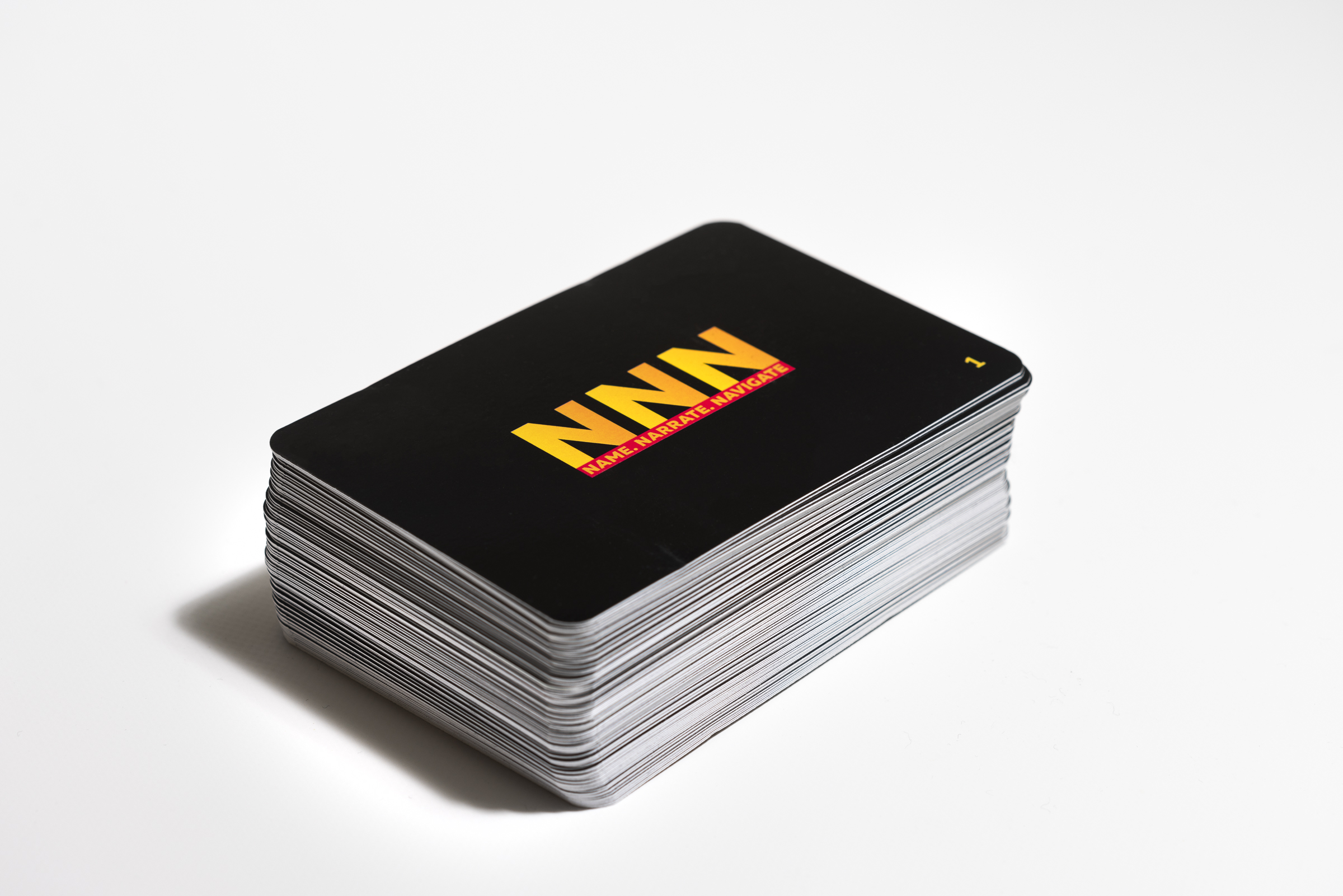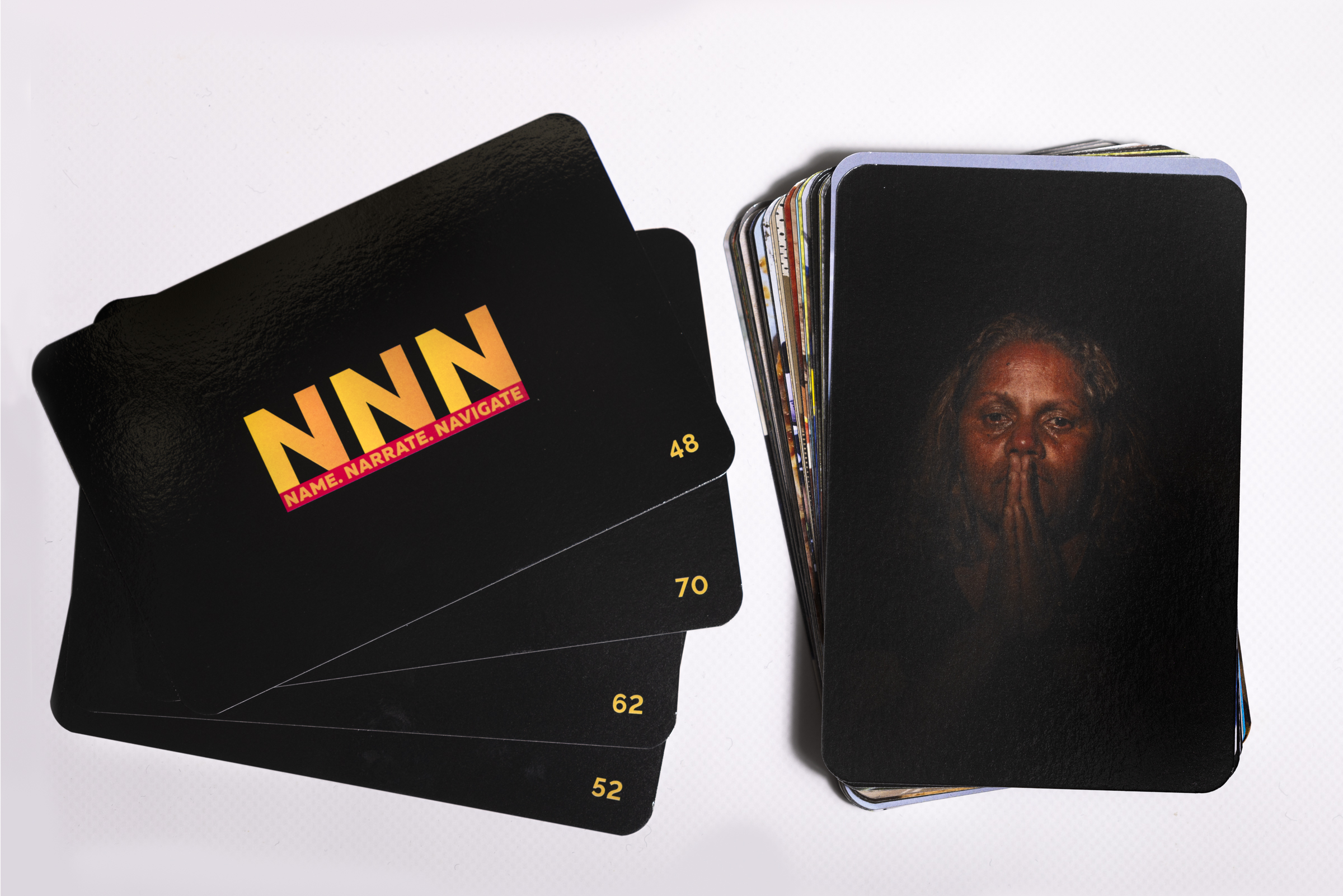Working with Youth Violence: The Name.Narrate.Navigate Program
Relevant for experienced and emerging social work and human service practitioners alike, this book explores the uniquely challenging, yet seemingly ubiquitous issue of youth violence. It provides an authentic and accessible discussion of the theories and evidence that inform practice with youth violence alongside the voices of practitioners and the young people they work with.
These voices are drawn from work with the Name.Narrate.Navigate (NNN) program for youth violence. NNN provides a trauma-informed, culturally safe preventive-intervention for young people who use and experience violence, and specialist training for the workers who support them. The program embraces creative methods as a bridge between contemporary evidence on trauma and violence and Aboriginal healing practice. The dual focus of the program is informed and interconnected by action research involving Aboriginal Elders and community members, practitioners, and key service stakeholders, including young people with a lived experience of violence.
This book is ideal for use in professional cross-disciplinary programs, such as criminology, sociology, social work, and psychology, across post-secondary, vocational, and university sectors.
Now.See.Hear!
Visual Conversation Tool
Now.See.Hear! aims to give voice and visibility to the often unseen and unheard experiences of young people who may come into contact with the criminal justice system.
Now.See.Hear! was developed to support workers to deeply listen to the stories of young people, focusing on what they see and hear, to better understand trauma-related contexts that can prompt, facilitate, and constrain experience and outcome. Better understanding these contexts can inform more nuanced and responsive casework, intervention, advocacy, and support through:
- speeding up the process of building rapport and engagement;
- identifying appropriate intervention goals, approaches, and targets; and
- determining what external supports and/or referrals might be useful.
Now.See.Hear! is a person-centred tool for practitioners to start meaningful conversations with young people. The tool locates the experience, perception, and point of view of the young person at the centre of the conversation and as the most meaningful compass for guiding service and support.
The tool can be used over time to assess and examine change in the skills and strengths young people have access to and the challenges they are facing.







